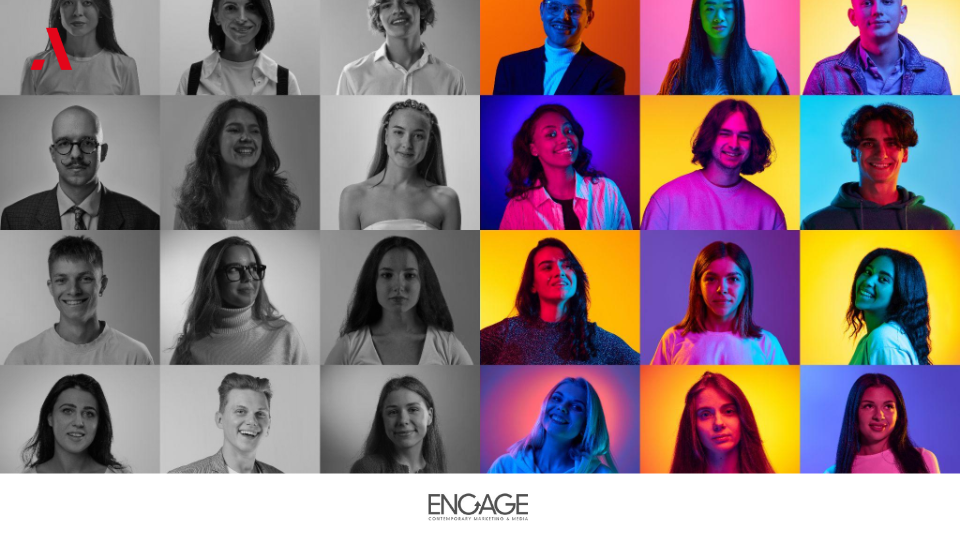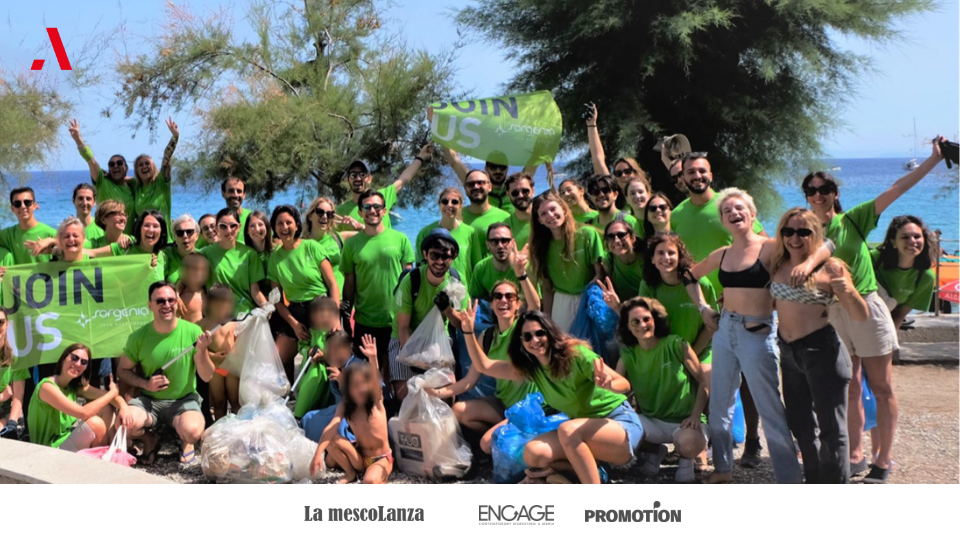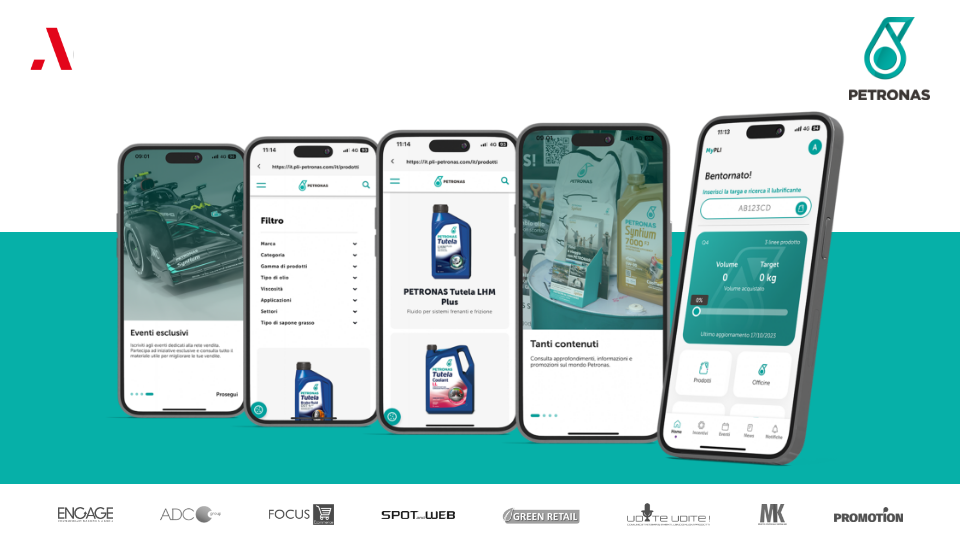Generations compared: loyalty or trust?
Today, we are talking about challenges and comparisons between consumers. From Gen Z, to Y, to X, what is their attitude towards loyalty and how should brands behave to earn their trust?

Recent research by the Loyalty Observatory, presented at the 2023 Conference and conducted on IPSOS data (IPSOS FastFacts panel), analysed what being loyal means for different generations.
For Zoomers, it means being willing to pay more for a certain product or service as long as they are emotionally engaged with that particular brand. For Millennials, however, it represents an exclusive relationship, "I always choose that brand, even if I could access alternatives". Finally, for Boomers, being loyal means being a long-term customer.
This cross-section already reveals a different attitude towards brands among young consumers: the importance of their individuality and of feeling like the focus of the brand's attention become more important than any kind of discount.
This element is also confirmed by the preferences for benefits when it comes to loyalty programmes: while Gen X and Y prefer discounts, offers, and free samples first and foremost, the advantage Gen Z most appreciate is a birthday gift followed by benefits obtained at the threshold.
The concept of attention thus becomes predominant: attention dedicated only to me on a day I consider particularly important or a positive recognition of my effort within a programme.
With Gen Z, there is no going back: loyalty must be behavioural
Gen Z’s attitude marks a step change in loyalty.
We must abandon the transactional model and think about a behavioural and people-centric approach. Being the focus of the brand's attention, being perceived as individuals with unique tastes and preferences. Seeing their efforts recognised within a proposed pathway that's personalised in line with their attitudes. All these elements help us to understand that we can no longer put forward a model of loyalty that is the same for everyone, based on points and purchasing power. The pyramid is inverted: it's not just all about appealing to the high-consumers - instead, the targeted user base is widened. On this pathway, however, brands must be cautious because, while on the one hand it is necessary to be technologically prepared and have advanced platforms, on the other hand, the public's attention to consistent and transparent behaviours has risen to the highest levels.
Consistency that spans all touchpoints
Let’s dispel one myth. Gen Z does not necessarily prefer digital touchpoints: at the cross-generational level, the touchpoint where consumers most frequently relate to brands remains the physical store. The dichotomy comes later, when younger consumers confirm the importance of social channels and websites, while for Gen X and Z, the loyalty programme plays a privileged role, followed by the company website.
A phygital approach is therefore called for, which entails strong coherence between the channels. For years, we have been talking about seamless experiences, with smooth transitions between the brand's different environments. However, the experiences must also be "considerate": from a homepage that updates depending on the content used, to the behaviour of a salesperson, to customer care responses, what matters is the attention given to the consumer and feeling like they are the focus. That's why it becomes necessary to work hard on the last mile and on staff training as well when it comes to customer retention, getting staff more involved in the loyalty strategies devised.
The importance of good causes
There are no distinctions at the cross-generational level: good causes are important for everyone and on average, 60% of each generation cares about environmental causes.
In particular, Zoomers and Millennials advocate for causes related to diversity and inclusion, while Zoomers and Gen X are sensitive to and care about protecting the weakest segments of the population.
In general, a brand's ability to take care of the region where it operates and the people who live there remains central. That's why we are increasingly talking about loyalty as a driver of the 17 sustainability goals (SDGs) and of sustainable loyalty more generally.
Sustainable loyalty does not only mean inclusion in the catalogue of charity awards, but also getting people actively involved in specific causes. To preserve water resources, for example, it is important to raise awareness of conscious water consumption, including making people aware of their own consumption, and suggesting concrete actions to reduce their environmental impact. This awareness can also be raised by suggesting behavioural missions, always aimed at more conscious use of resources. Finally, with greater effort, the brand can become an advocate for water protection projects. A concrete example is certainly the M.A.R.E project by Sorgenia Greeners, now in its second iteration, which got employees and customers involved in several trips aboard a catamaran to analyse the health of the waters of the Italian seas.
All these processes can and must be federated within the loyalty strategy by actively involving people and talking to them in a personalised way in order to stimulate concrete actions: a person might be more interested in participating in social projects and so the right thing to do is to be able to capture their interest and guide people towards certain actions to make the most of a company's efforts and investments.
Personalisation put to the test by data privacy
Let's debunk another myth: Gen Z is more likely than other generations to share their personal data with brands in exchange for valuable content. According to research by Statista, 1 in 2 Baby Boomers is concerned about the use of their personal data, while in the case of Zoomers and Millennials, this figure falls below 30%. This shift is driven by the awareness that sharing data and information is functional to avoid mass, non-personalised communications. Young people, therefore, prefer a brand to map and use their data properly, as long as this serves to ensure they receive information that is relevant to their tastes and passions. This is all the more true if we think about how registration forms have changed over the years, now increasingly offering a simple social login to access a new service.
The new direction for loyalty
The research of the Loyalty Observatory outlines a clear picture and makes concrete what we have been repeating for years: loyalty has changed shape and has become an attitude towards people. The arrival of Gen Z has simply sanctioned this step change that must now be implemented. It's no longer the time to talk about loyalty as collecting supermarket points or to accuse it of being a cost rather than a value. Loyalty will always be a cost if brands do not change their mindset, if they build programmes for a few high-spending people, instead of targeting everyone - customers and stakeholders - launching a democratic, inclusive, and sustainable relationship project.











